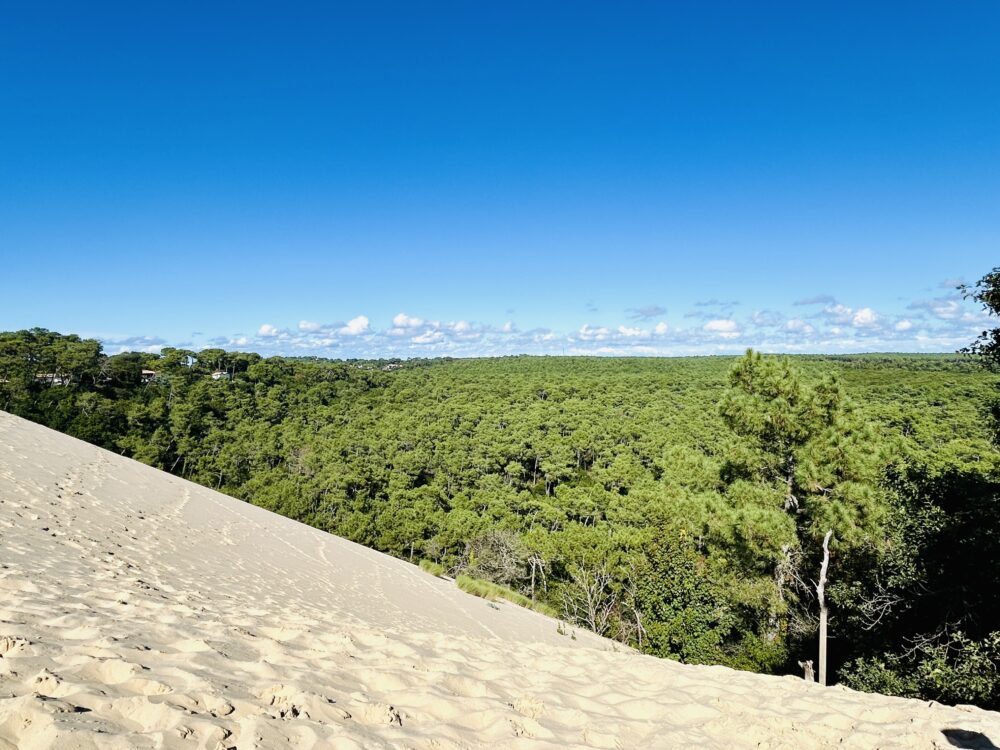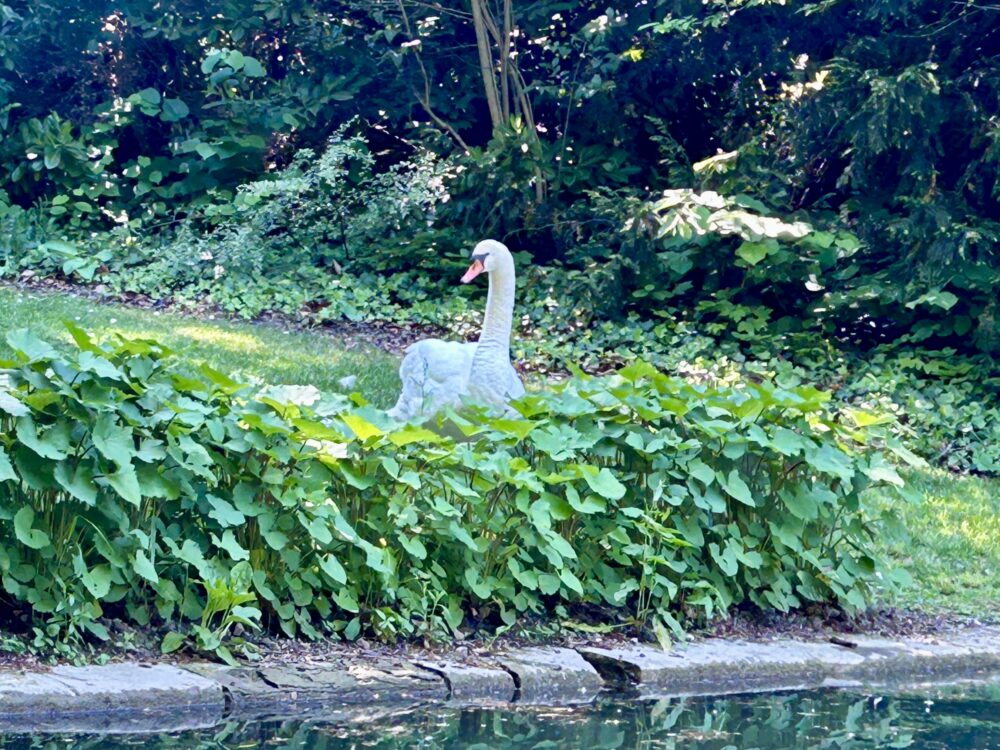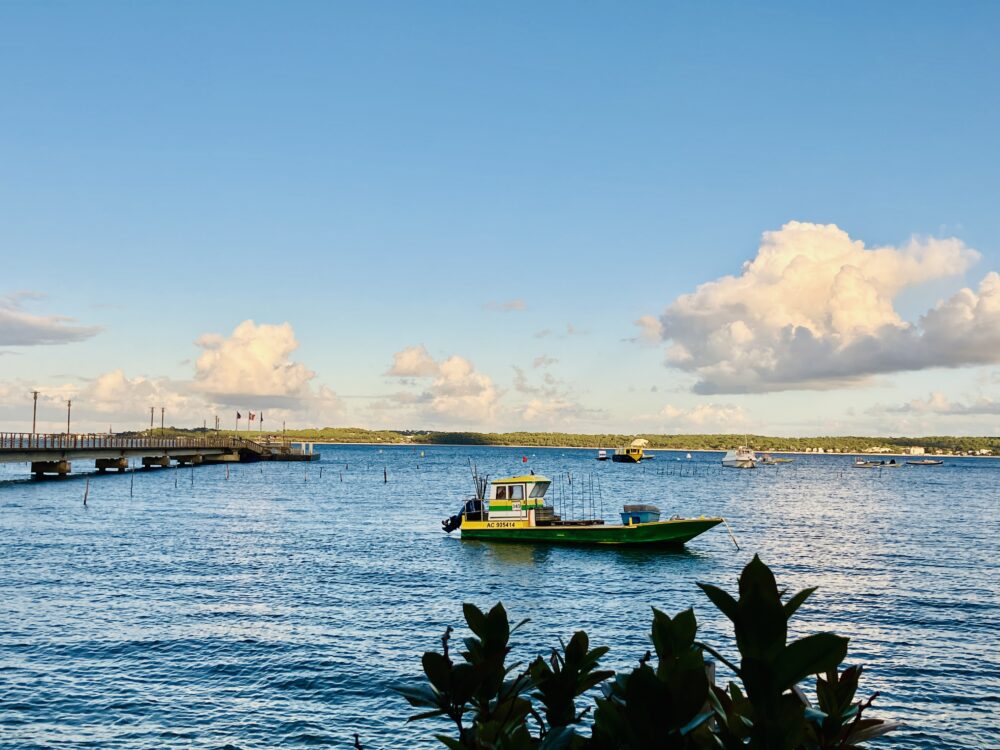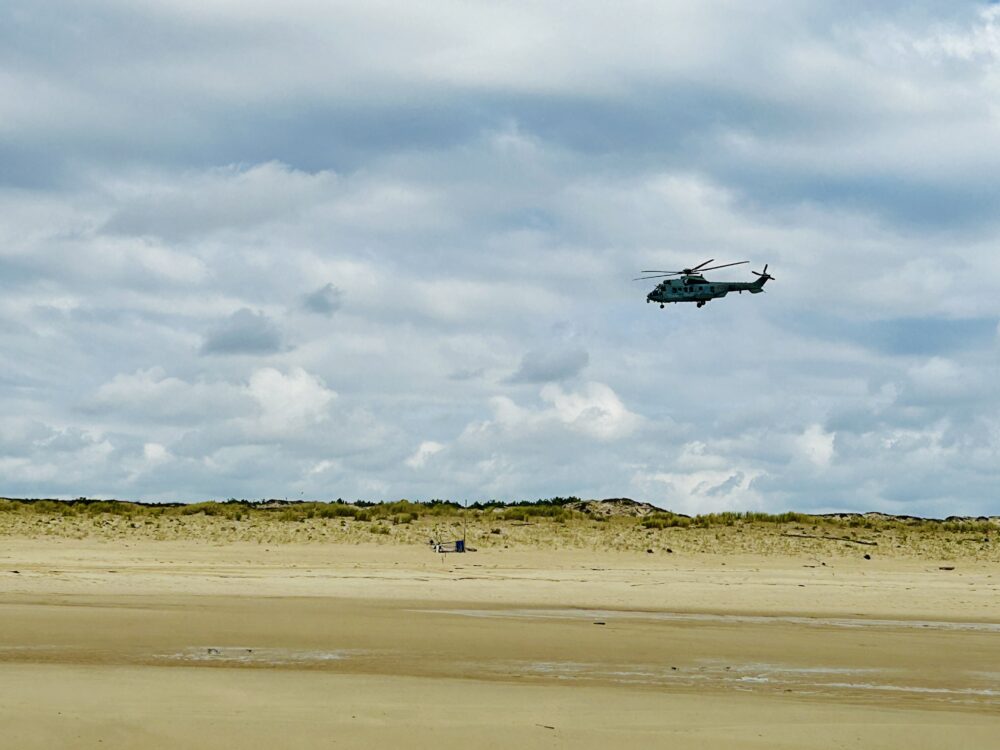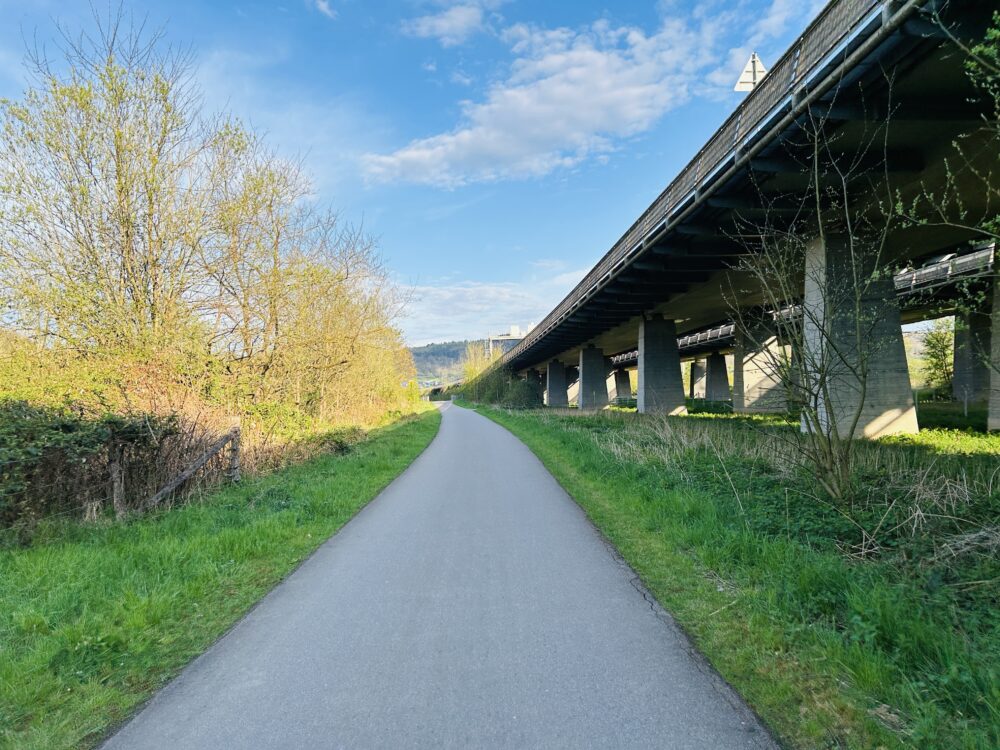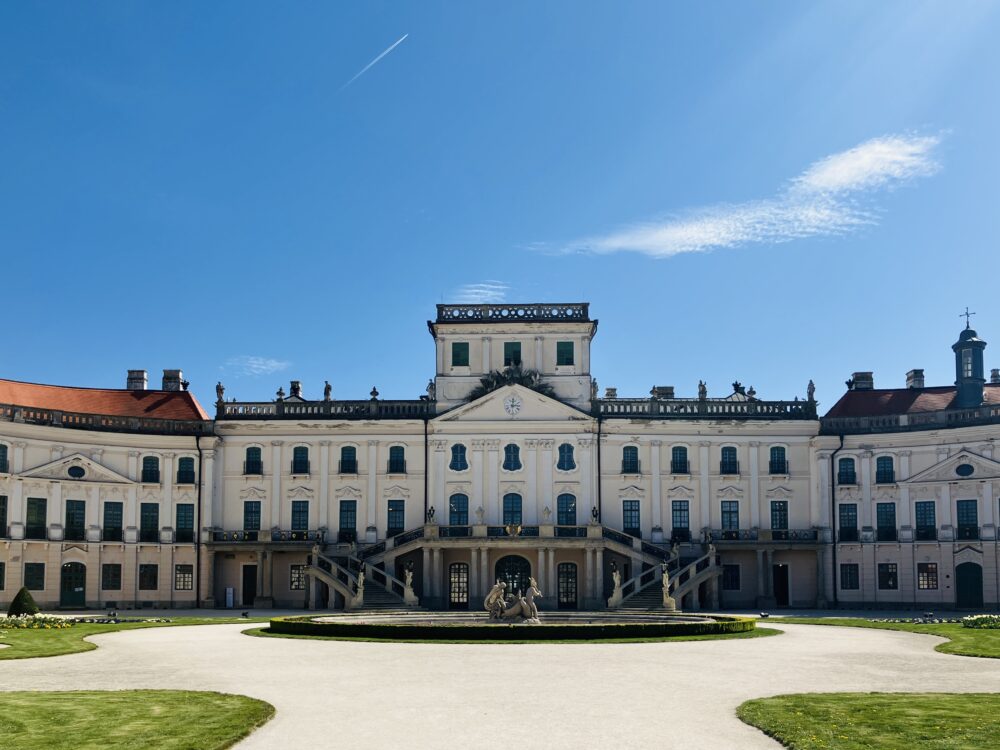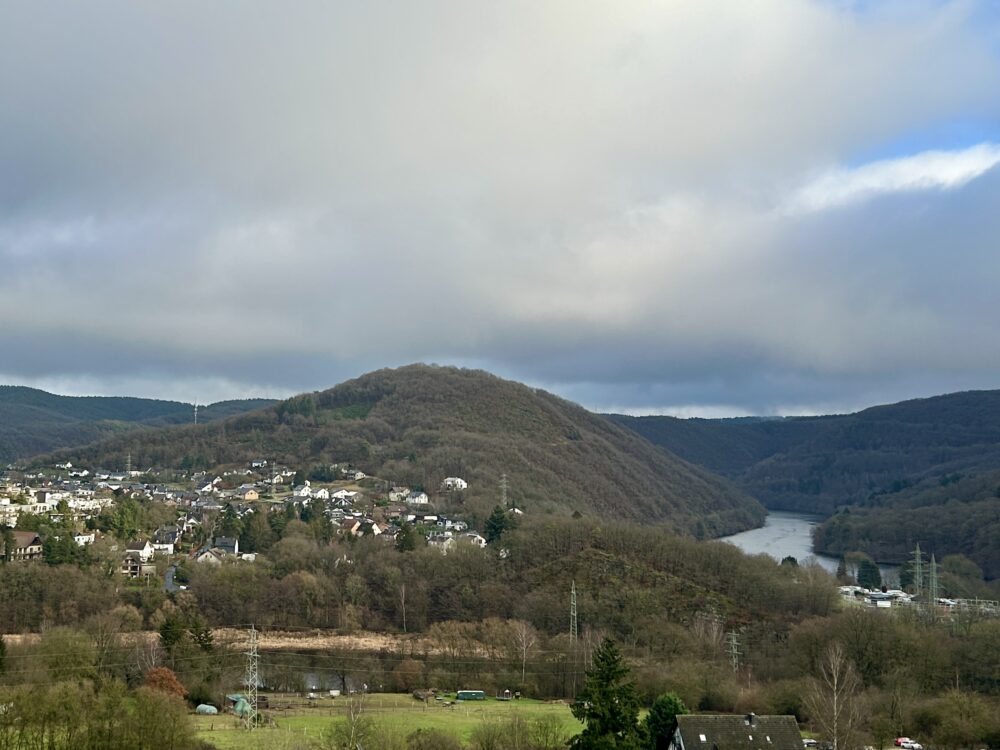The Bassin d’Arcachon, located in southwestern France, is a treasure trove of biodiversity. This unique ecosystem is home to a rich variety of flora and fauna, making it a paradise for nature enthusiasts.
A Biodiverse Haven: Flora and Fauna
Around the Dune of Pilat, the tallest sand dune in Europe, you’ll find an extraordinary array of plant and animal life. The region is characterised by its coastal pine forests, which are interspersed with heathlands and maritime shrubs. Typical plants include sea holly, marram grass, and dune pansies, all of which are well-adapted to the harsh sandy environment.
The fauna of the area is equally diverse. The Bassin d’Arcachon serves as a critical stopover for migratory birds, making it a birdwatcher’s delight. Species such as the Eurasian curlew, black-winged stilt, and common shelduck can be spotted. The region is also home to various mammals, including roe deer, foxes, and wild boar. In the waters of the basin, you can find marine life like oysters, which are cultivated extensively, and fish species such as sea bass and mullet.
The Climate and Eroding Coastline
The climate of the Bassin d’Arcachon is typically oceanic, characterised by mild winters and warm summers. This temperate climate supports the lush vegetation and rich biodiversity of the region. However, the coastline is facing significant challenges due to erosion. The natural process of coastal erosion is exacerbated by rising sea levels and increasing storm intensity, which contribute to the gradual loss of land. The Dune of Pilat, for instance, is constantly shifting and moving inland at an average rate of one to five metres per year.
Visible Scars: The Consequences of Forest Fires
A couple of years ago, the region experienced devastating forest fires that left a lasting impact on the landscape. These fires, driven by high temperatures and dry conditions, ravaged large swathes of the coastal pine forests. The consequences are still visible today, with charred tree trunks and bare patches of land marking the areas that were affected. According to recent data, approximately 3,000 hectares of forest were destroyed, highlighting the urgent need for effective fire management and reforestation efforts.
The Importance of Conservation
The Bassin d’Arcachon and the Dune of Pilat are not only natural wonders but also vital habitats that require protection and conservation. Efforts are being made to preserve the unique biodiversity of the region and to mitigate the effects of climate change and human activities. Conservation programmes focus on reforestation, protecting migratory bird habitats, and promoting sustainable tourism practices.
#BassinDArcachon #DuneOfPilat #NaturalWonders #Biodiversity #ClimateChange



